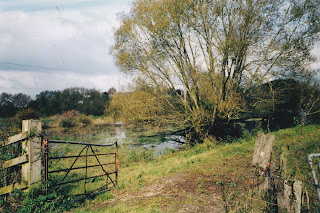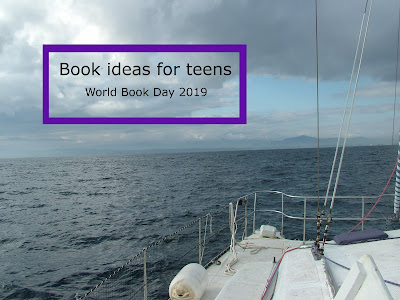EPIRB and safety
We heard recently about a product recall affecting an
important bit of safety kit. The company involved – McMurdo - were really
efficient in informing customers and getting replacements out. So good in fact
that we had received our replacement before the snail mail letter from the
Coastguard Agency warning us that we were affected by the recall had even
reached us.
 |
| Coastguard Agency Safety bulletin |
An Emergency Position Indicator Radio Beacon (EPIRB or Eee-per-b) is used in an emergency as a
means to call for assistance. Once activated either manually or by being immersed
in salty water, the beacon emits a distress alert. This signal is relayed via
satellite to an earth station then to the nearest rescue co-ordination centre.
The idea is that any signal will assist search and rescue efforts. Once
triggered the beacon should stay afloat for 48 hours giving out it’s signal.
Inbuilt GPS helps narrow the search area down even more, essential when it is
difficult to see anything in confused seas or poor visibility or there is a
huge area of water to search. Since the satellite alert system (COSPAS-SARSAT)
was set up over 20,000 people have been rescued as a direct result of the
rescue data from EPIRB alerts.
 |
| The replacement EPIRB arrived in a large, well padded box |
Not everyone who sets sail needs to have one. In sailing
there is a lot of freedom including the personal choice associated with safety.
Where and when you sail also makes a difference as to whether an EPIRB is a sensible
investment or not; they are certainly not cheap. There is a big difference
between being in trouble in the Solent on a
summer weekend surrounded by lots of other
boaters and being alone in the middle of Biscay. They are also used by
other adventurers including mountaineers, kayakers and light aircraft. Obviously
knowing where you are will vastly increase your chances of rescue should the
worst happen, it is certainly worth considering packing one on
your adventure.
 |
| Our old one on the left, now deactivated and the new one on the right. Hopefully we will never need it. |
More information can be found at: http://www.mcmurdomarine.com/epirb. There are lots of makes available and we are not suggesting that this is the best one. It is the one we chose and we have been very happy with the service. McMurdo have no idea that I am writing this blog.



Comments
Post a Comment